This post may contain affiliate links.
Rosemary is a fantastic herb to grow in the home garden. Not only does this popular herb smell wonderful, but it is a hardy and tolerant perennial. This versatile herb is easy to grow, and its fragrant smell helps repel bugs and pesky mosquitoes.
Rosemary can be grown outside or inside near a sunny window. It is a drought-tolerant plant that attracts plenty of pollinators, from bees to butterflies. In addition to having many culinary uses in the kitchen, it can also be added to soaps, used to make scented sachets, or infused into a tincture.
Drying rosemary is a spectacular way to preserve this herbaceous plant at peak freshness, saving its aromas for future uses all year round. Let’s discuss four different methods for drying rosemary with the help of a dehydrator, oven, microwave, or air drying.

How to Harvest Rosemary for Drying
If harvesting your own rosemary, gather herbs in the morning after the dew has evaporated but before the day’s heat sets in. Collecting rosemary when it is hot can cause it to wilt. The same goes for harvesting when it is too wet.
To harvest the leaves at their peak flavor, pick rosemary stems as soon as you see flowers appear but just before the plant starts to bloom. As always, pick rosemary from locations free of roadside runoff or other pollutants.
Use shears or scissors to help remove stems without damaging the plant or bruising the leaves. Discard any leaves which are affected by insects or discolored.
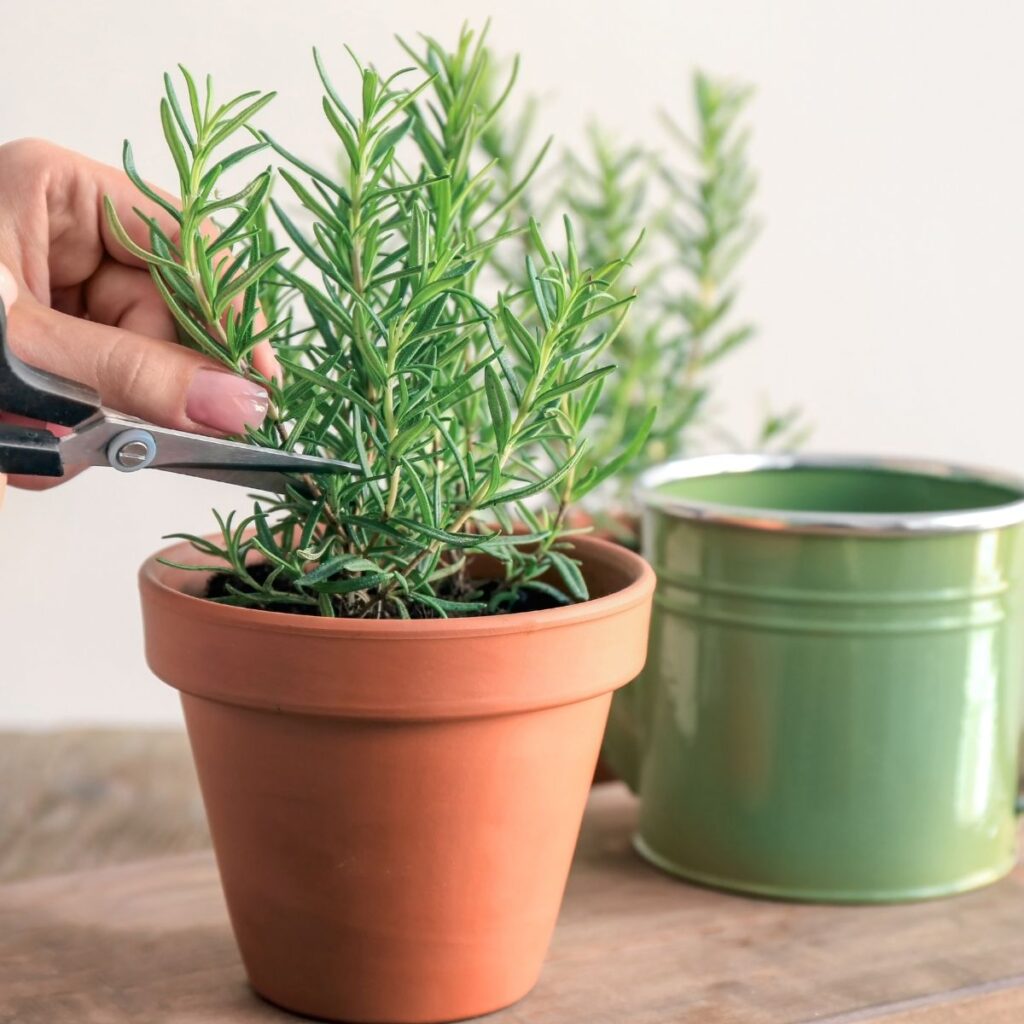
After harvesting, bring the rosemary indoors. Leaving the herbs outdoors and in the sun can cause wilting.
While growing rosemary is a great way to have fresh rosemary available at all times, it may not be a realistic option for some people. Instead, you can pick up fresh rosemary from the local grocery store and opt to dry if using the below methods. It will still turn out to be more cost-effective than buying dried rosemary.
How to Prepare Rosemary for Drying
When preparing your rosemary for drying, remove any bits of leaf or steam that are damaged or bruised.
Wash the herbs by rinsing them in cool water and shaking them dry. You can also pat them dry with a piece of paper towel to help absorb some of the excess moisture.
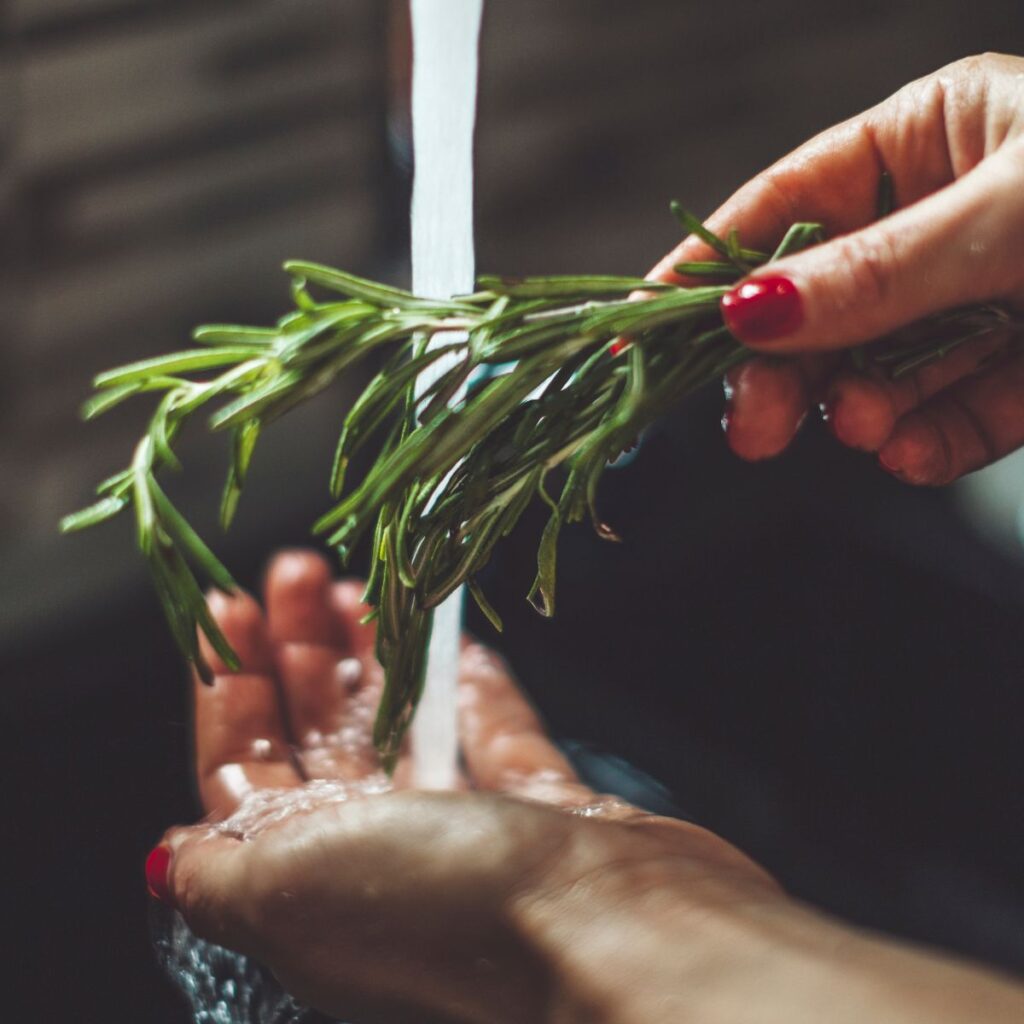
Air-Drying Rosemary
Since rosemary is such a sturdy plant, it is one of the easiest herbs to air dry. Herbs such as sage, thyme, and parsley are also excellent for air or hang-drying. Rosemary is easily air-dried indoors due to its low moisture content. This is one of my favorite ways to dry rosemary, as it requires very little effort.
To air-dry rosemary, tie the stems with string or kitchen twine into small bundles and hang them to dry. You can even use a clothespin to hold them firmly to the string.
You can also lay them flat on a flat tray, wax paper, baking sheet pan, or item of choice and leave them on the kitchen counter.
Make sure to dry them indoors in a well-ventilated area. Keep the area moisture-free and away from stoves, dishwashers, and direct sunlight. Drying outdoors often results in more loss of flavor and color.

If you want to dry large amounts of rosemary, you may invest in an herb drying rack to assist with this.
Rosemary will usually air dry in about two weeks.
The rosemary is adequately dry when leaves become brittle and fall easily from the stems.
- Tip: Keep bundles small for faster drying times, and check often for signs of moisture or mold (if this occurs, it’s likely your bundles are too big or your location isn’t dry enough).
In a Food Dehydrator
Using a dehydrator to dry rosemary is a swift and simple method of dehydration as these appliances are designed to assist with air circulation and allow for lower temperature settings than many ovens.
After rinsing and drying herbs, arrange the rosemary in a single layer on your dehydrator trays. Set your dehydrator to a temperature between 95°F to 115°F and dehydrate for 1 to 4 hours.
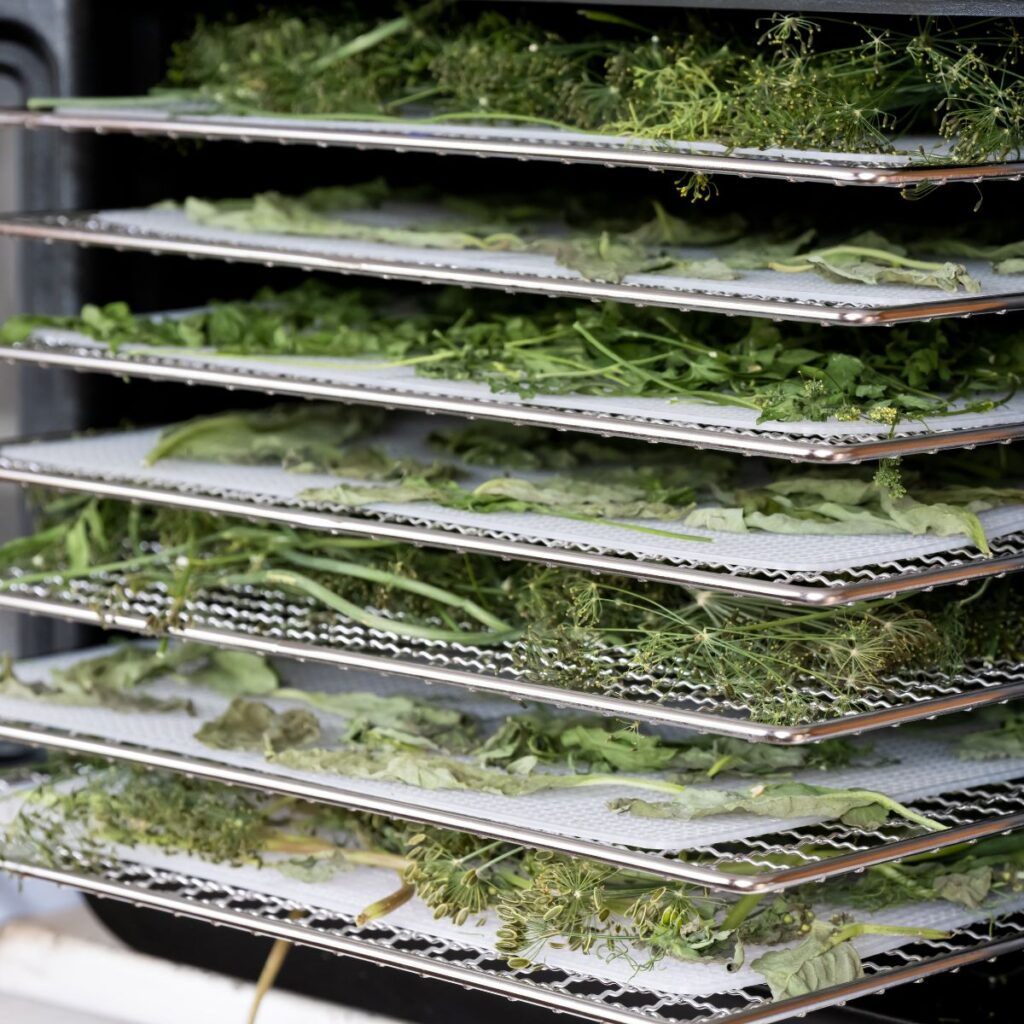
For best results, check your rosemary regularly so you do not overdry.
Rosemary is effectively dry when crumbly, and the stems snap when bent.
- Tip: Know that local humidity can affect drying time. Removing moisture from herbs and other food items takes longer when a large amount of moisture is already present in the air. Look up your local humidity and adjust the drying time accordingly.
In the Oven
Not everyone has a dehydrator at their exposal. Fortunately, oven-drying rosemary is another way to dry rosemary.
To dry rosemary in the oven, cut your washed and dried rosemary into smaller sprigs (about 2 inches is a good size). Next, line a baking sheet with parchment paper and scatter the sprigs in a single layer.
Set your oven temperature as low as possible — for most standard ovens, this will be around 170°F.

Bake at 170°F for 2-4 hours, and check on your sprigs of rosemary regularly. The rosemary is done once the leaves are completely dry, brittle, and easily fall from their stems.
If your oven’s lowest setting is closer to 200°F, drying time will be shorter, and you should check rosemary every 15 to 30 minutes.
- Tip: Don’t pack rosemary too tightly on oven trays, as this will increase drying time and extend the drying process.
In the Microwave
If you are looking to dry a small amount of rosemary in a short amount of time, you can microwave rosemary to speedily dehydrate it. Just remember: the smaller the pieces, the better. After washing, cut stems into smaller springs or remove leaves from the stems for even faster drying.
To dry rosemary in the microwave, place a paper towel on a heat-safe plate, arrange the rosemary on top in a single layer, and lay a second paper towel over the rosemary.

Next, begin microwaving in 30-second increments, continuing until the rosemary leaves are dry and brittle.
Check after each 30-second burst to ensure the leaves don’t burn. This should take around 2 minutes on average, but times will vary based on microwave wattage.
- Tip: If your microwave is extremely powerful, you may wish to try heating at half power.
How to Store Dried Rosemary
Once adequately dry, rosemary should be stored in an airtight container and kept in a cool, dark, and dry location like your spice cabinet to preserve the quality.
You can store whole rosemary sprigs or remove the rosemary leaves from stems to pack more herbs into smaller containers.

Dried herbs are best kept in glass containers or spice jars for the best flavor. After storing, be sure to label and date your freshly dried rosemary. Although they last longer, home-dried herbs are best used within a year for peak flavor.
Frequently Asked Questions
What is the best way to dry fresh rosemary?
The top two methods of drying rosemary are using a dehydrator or hang-drying indoors, as herbs are best dried at lower temperature settings. An oven or microwave will also work, but the higher settings on ovens cause more loss of flavor.
What is the fastest way to dry rosemary?
Wondering how to dry rosemary quickly? Using a microwave to dry rosemary will be the fastest method. This method takes less than 5 minutes.
Can you sun-dry rosemary?
Yes, you can sun-dry rosemary. However, sun-drying your rosemary will cause it to lose more flavor and color. If you are looking to capture the power of the sun to dry your herbs, consider looking into a solar dehydrator.
How can you use dried rosemary?
Dried rosemary can be used to make an herbal seasoned salt, added to teas and marinades, or baked into bread, among other uses.
Know that dried herbs are more pungent than fresh herbs. Subsequently, you should use ⅓ the amount asked for when substituting dried rosemary for fresh.
Should rosemary be washed before drying?
Yes, it is always best to wash the rosemary before drying.
How long will dried rosemary last?
Freshly dried rosemary is best used within a year for peak flavor.
Is it cheaper to dry your own rosemary?
Yes, it is significantly cheaper to dry rosemary than to buy it already dried in a spice bottle.

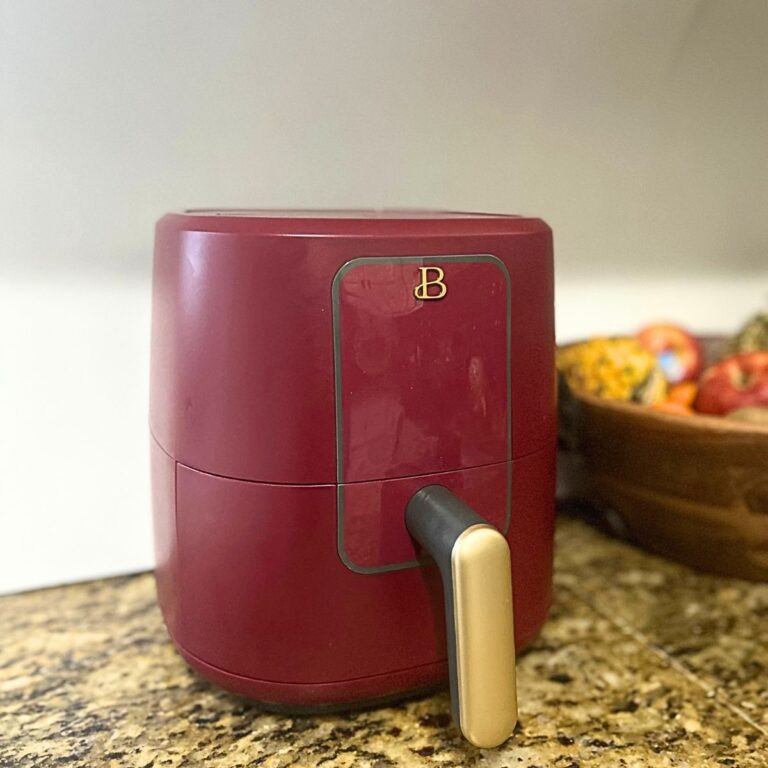

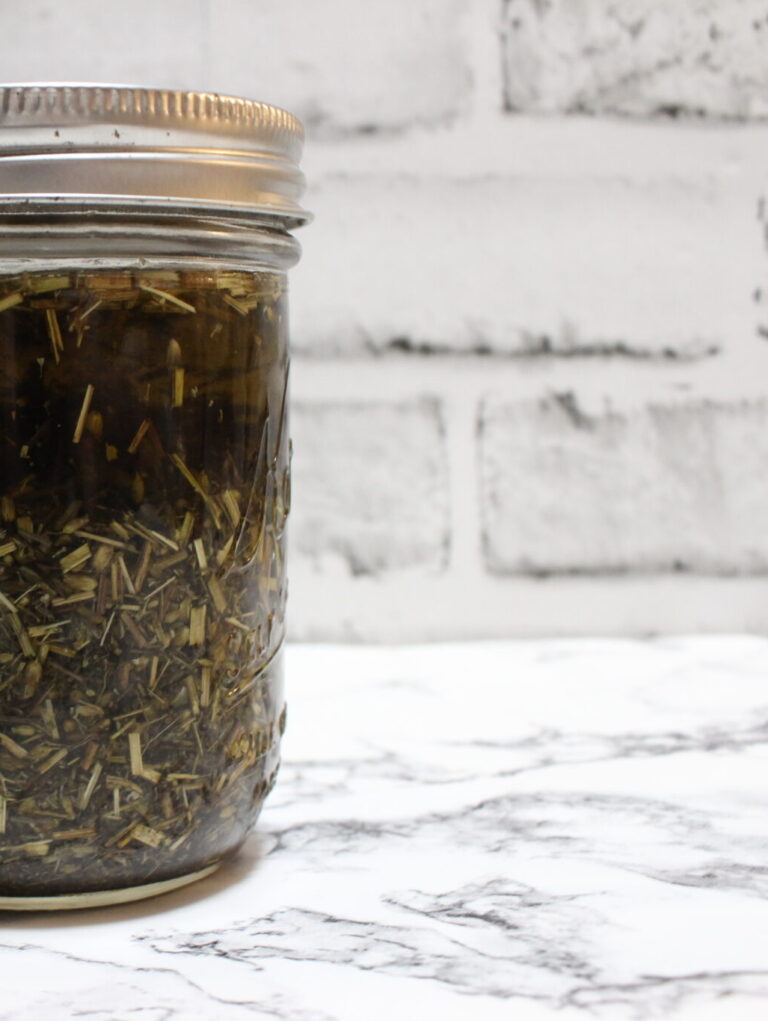



Great info re: plants from seed. Very helpful! Would welcome more gardening info.
Absolutely. Please join our mailing list.